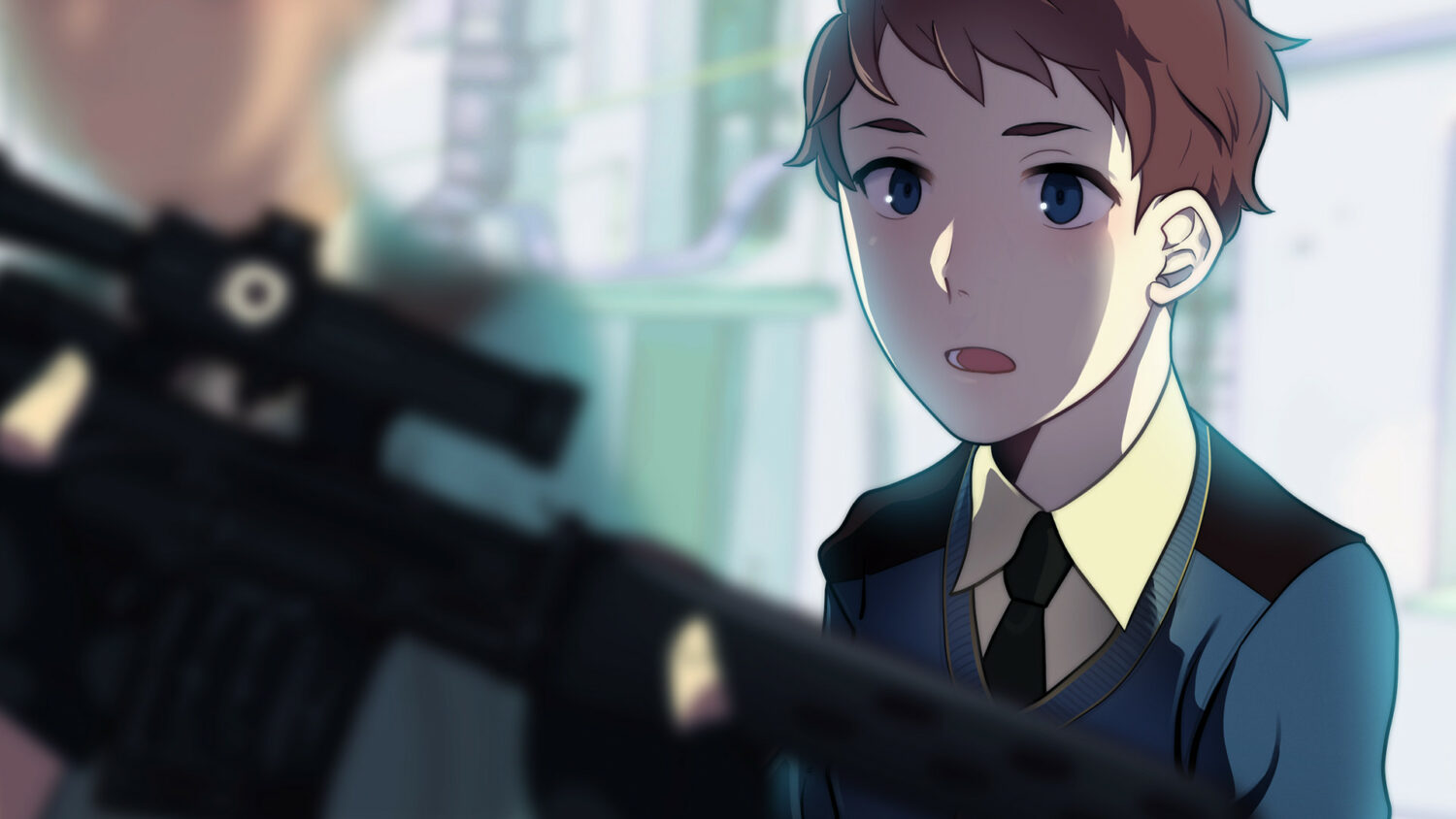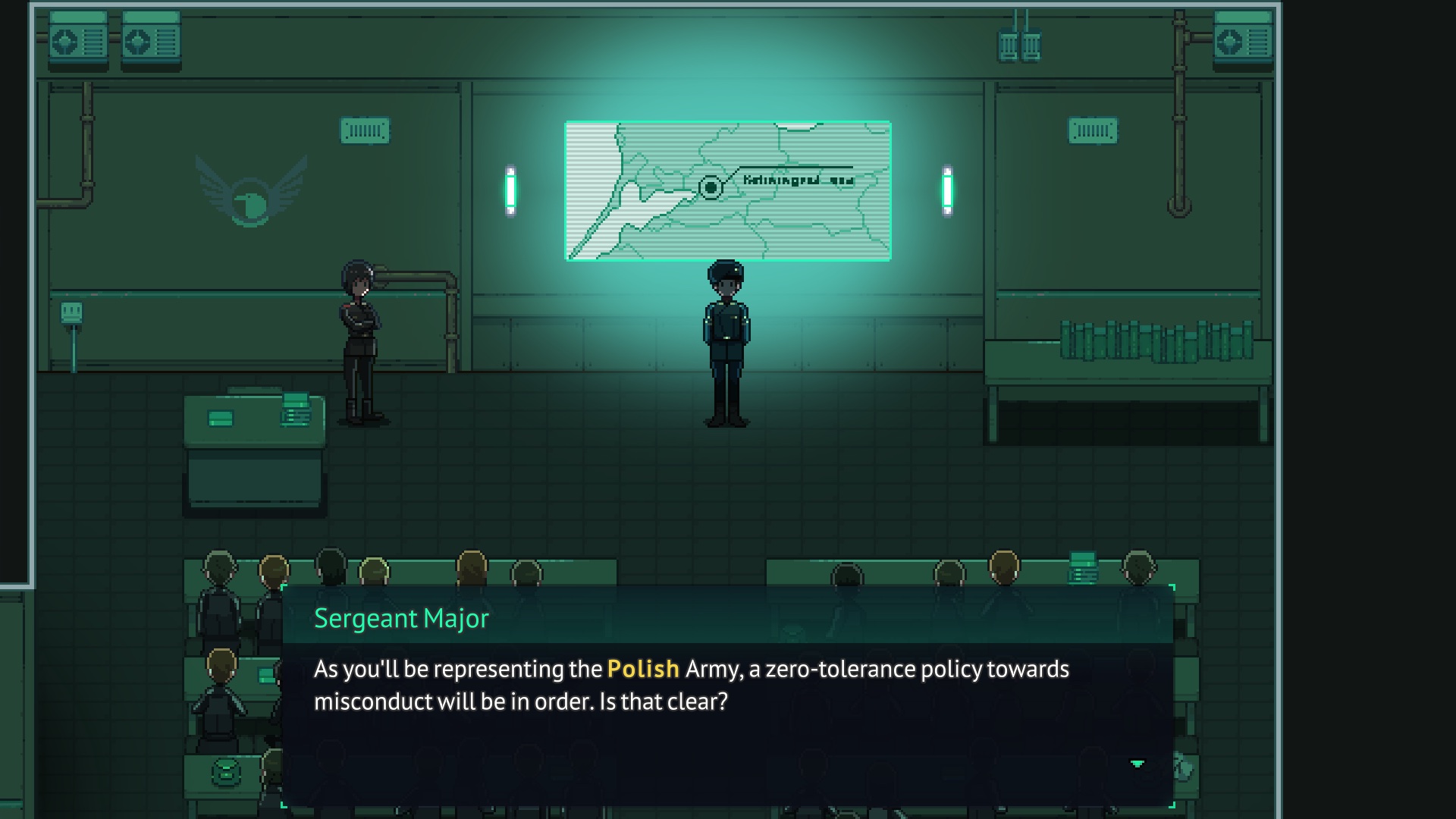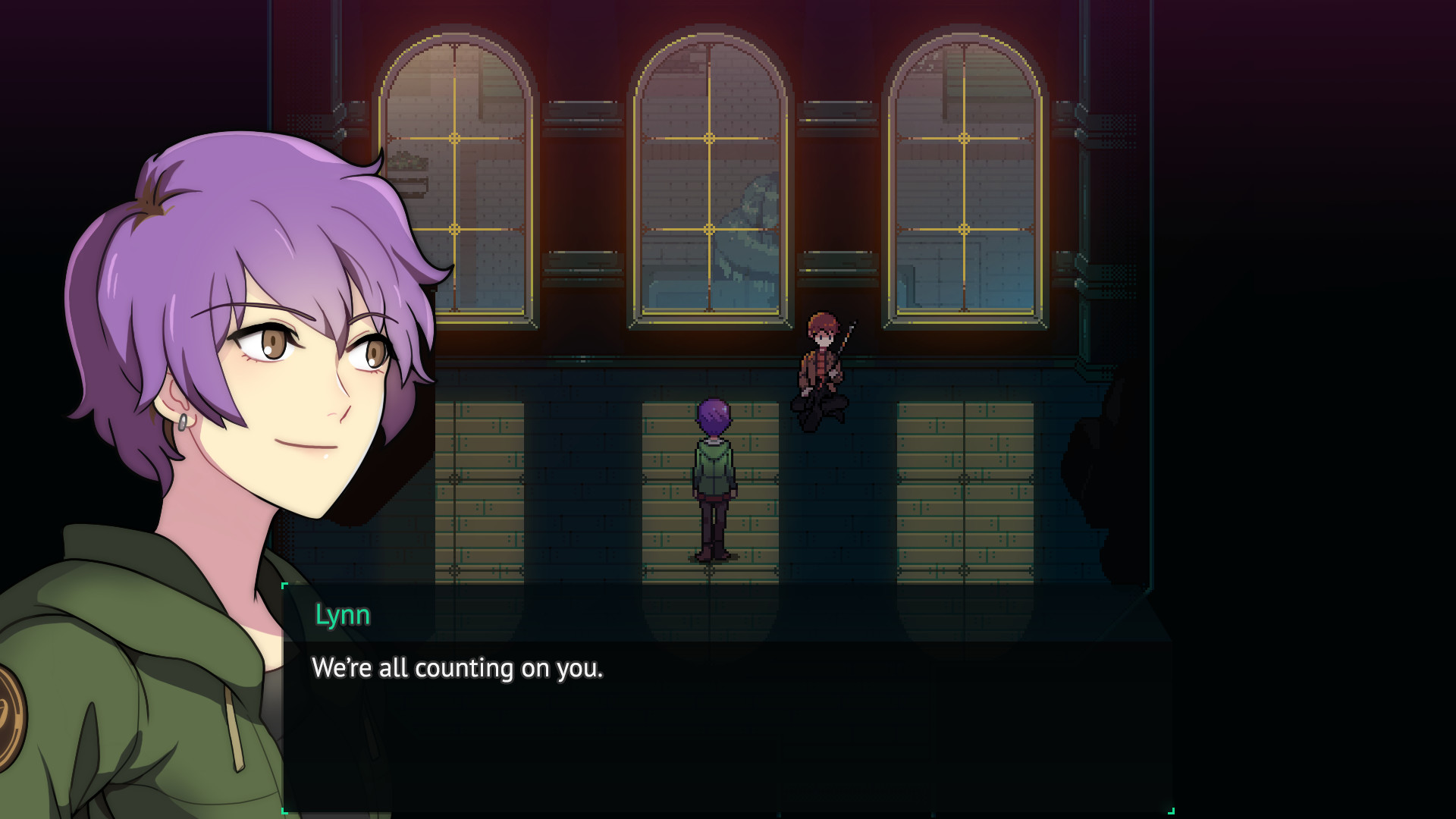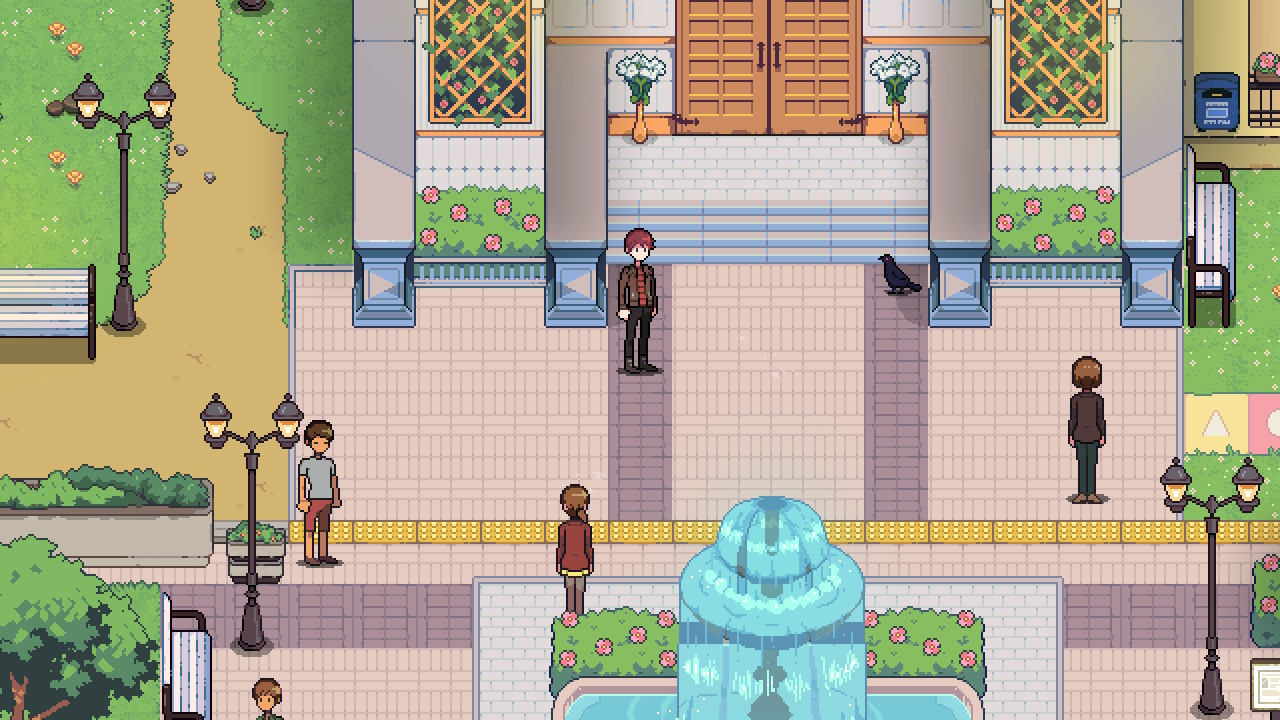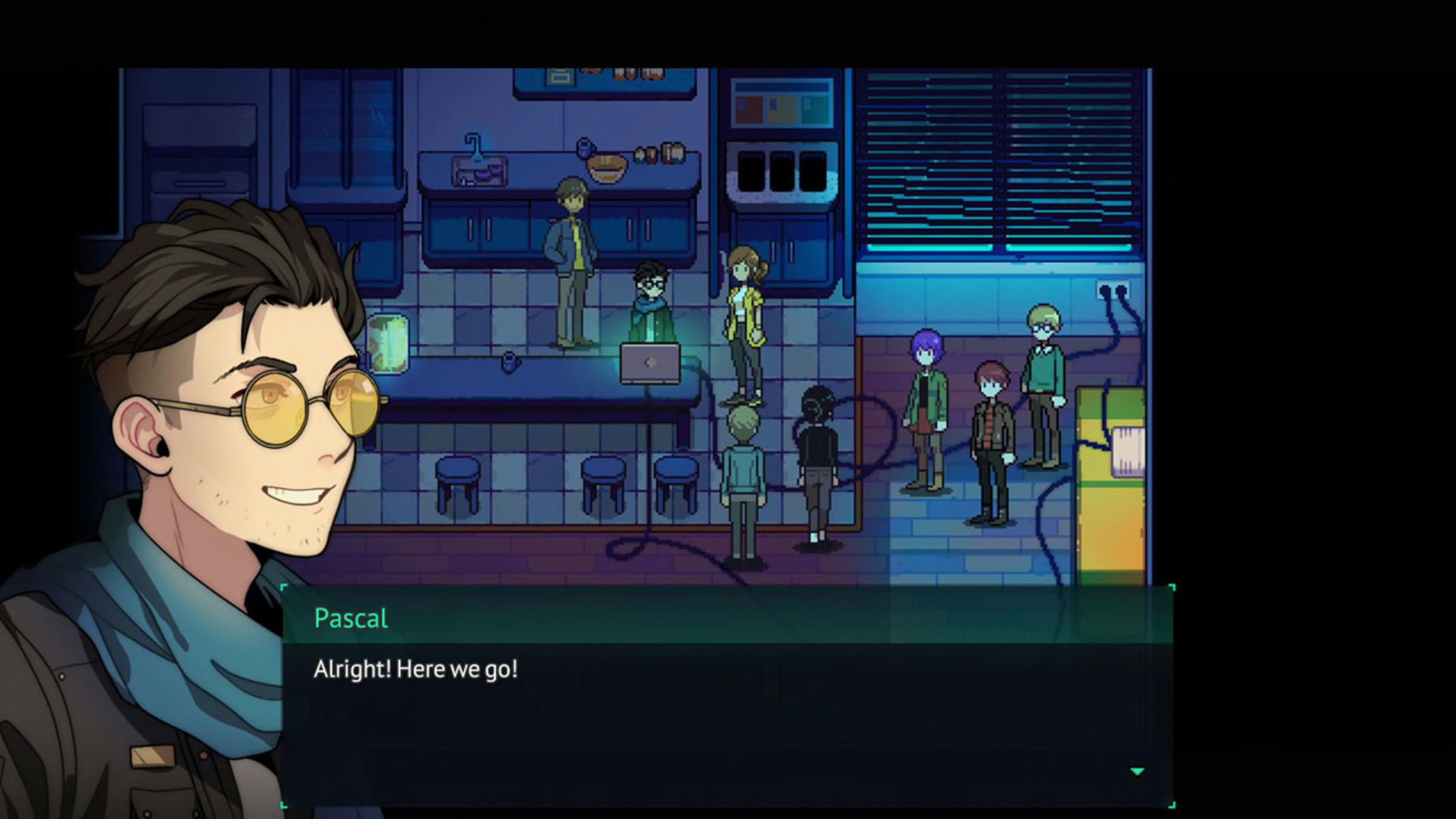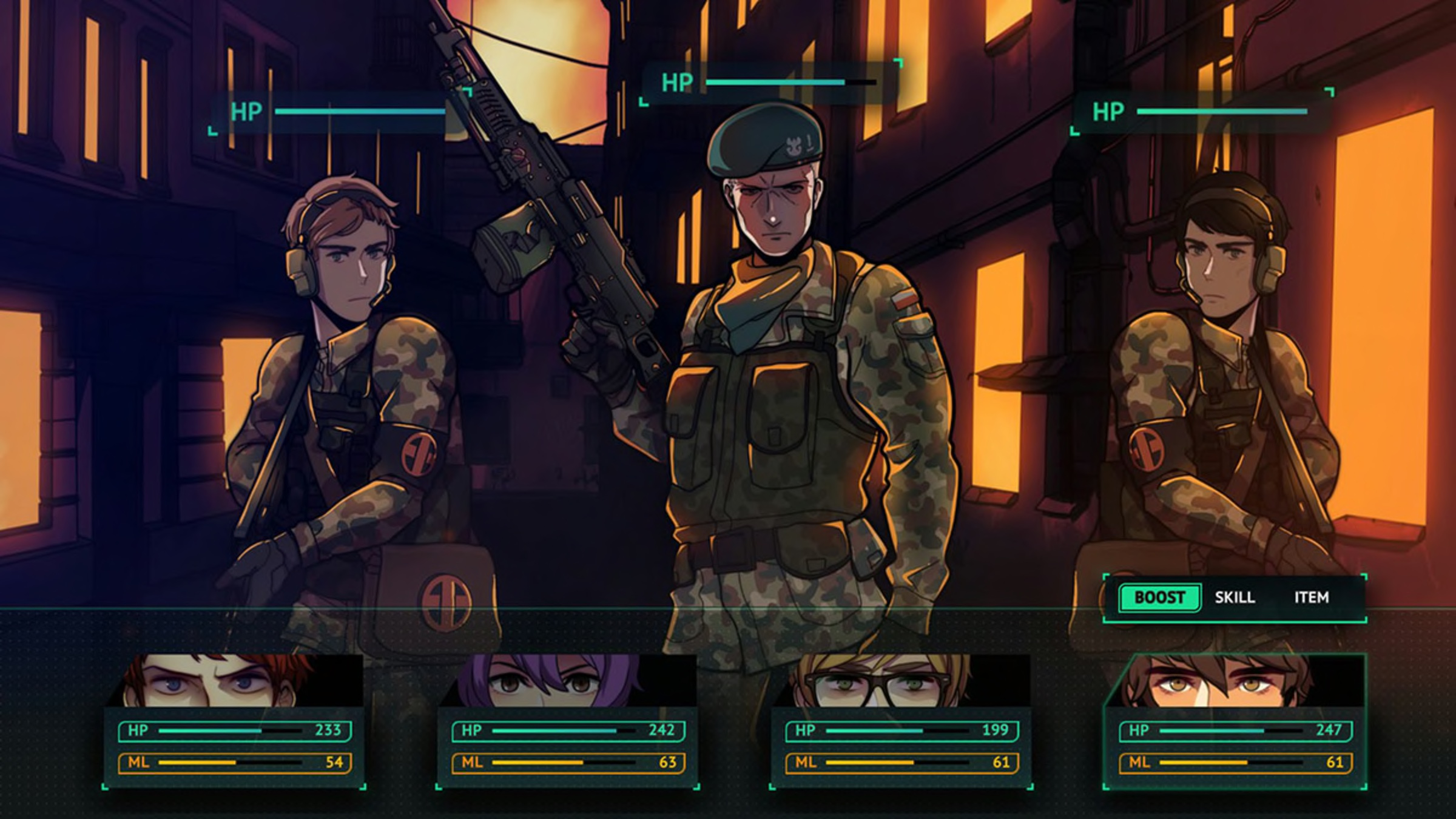"Do you hear the people sing?"
In Long Gone Days, we’re presented with a soldier who realizes that maybe he’s not on the side of the “good guys.” That maybe he shouldn’t blindly accept orders from his superiors. He wonders, instead, if he should be fighting on the side of the powerless, not of those with the weapons and the training and the well-funded access to food and shelter.
What an optimistic take on war, especially amongst the typical bravado of military-themed video games.
I consider it optimistic because I want to believe there are soldiers like Rourke in the real world, although I’d hate for them to live through his experiences. From birth, Rourke was trained to be a sniper for The Core, a paramilitary organization large enough to be relied upon to assist entire nations in war.
Rourke gets his first assignment early on, believing he’s helping to protect the Polish military as they fend off the Russians.
Events towards the end of his first mission cause him to question this. He gets some sympathy from a medic named Adair, and the two quickly (and somewhat reluctantly) find themselves on the wrong side of the organization they were trained to support.
Rourke and Adair flee into enemy territory where they’re thrust into the everyday lives of those they were ordered to hate and mistrust. The citizens don’t know these two fought for the enemy, and therefore shelter them, trust them with information on their resistance, and offer them plenty of helpful side quests. This is an RPG, after all.
Most of the gameplay centers around navigating various villages and towns to meet new characters and push along the story. The missions are typical of an RPG, with fetch quests carrying the load—read all the newspapers, find the baby some medicine, that kind of thing. This involves a lot of exploration, and the towns are unfortunately a bit hard to navigate. I often knew where to retrieve an item, but couldn’t recall how to get there.
Perhaps the most interesting element of exploring these towns is that you initially can’t understand what anyone is saying (unless you already speak the language, that is). Instead, you need to meet a character who can translate for you, then backtrack to re-read any signs or initiate conversations with people you’ve already met. This makes for plenty of backtracking, of course, but it’s useful for the story and picking up side quests.
Solving them can increase your party’s morale, in turn opening more quests. These are each tracked by completion percentages, and I was disappointed early to find that story progression can cut these tasks from completion. Be sure to take advantage of multiple save slots if you want to hit 100%.
Although some of the side quests require too much meandering, I was more so tripped up when discovering that important decisions weren’t decisions at all. They were mandatory. In the first town, for example, I was warned to stay away from a particular rebel rouser. So, I decided to not hear what he had to say. Ends up I had to not just listen to him, but join him to push the story along. I’m used to games hiding the steps towards progression; I’m not used to games flat out telling me to ignore them.
All of this takes place within a pixelated world that’s nicely detailed and surprisingly colorful, considering the narrative’s gloomy tone. Battle elements feel a bit more modern, but don’t break too far from the overall retro feel. The various locations do have the same basic look, however, which is a bit surprising considering their overall diversity.
Occasional combat moments are sprinkled into this world of pixelated puzzles, mostly served up via sniping and turn-based combat. The sniping sessions require you balance wavering crosshairs to take out a set number of targets in a timely and accurate fashion. These are pretty easy. The turn-based battles are more frequent, but not much more complex.
As is typical, you can have your characters attack with their equipped weapon, use a special task (at the expense of SP), or defend. Long Gone Days deviates from the norm by allowing you to target specific body parts of your enemies. The head does the most damage, but is hardest to hit. The body has decent defense, but is easy to hit. You can also pinpoint areas that can paralyze the target, preventing the enemy from attacking you while you work on another. Your characters don’t level up in the traditional sense, but instead grow more powerful via advanced weaponry, armor, and usable items.
A decent rotation of companions and the lack of random encounters (each battle is part of the story) keeps things fresh, but the combat itself always felt perfunctory. It won’t challenge serious turn-based combat fans, but perhaps that’s by design. The story obviously places relationships and empathy above blind allegiance and killing, so why shouldn’t the gameplay?
Since combat never feels terribly important to the overall experience, how you’ll feel about Long Gone Days will largely depend upon the story. It’s dire, but that’s what makes it so effective. And despite where the narrative is heading throughout, the ending will still leave some unsatisfied, I think. 10 to 15 hours should be all it takes to get there, and I consider it time well spent.
Review: Long Gone Days (Nintendo Switch)
Very Good
Long Gone Days is an RPG with a very smart story. It’s a bit of a shame, then, that the gameplay elements are elementary. If you allow yourself to get attached to this somber world and its young cast of sympathetic characters, however, the experience will be well worth your time.

